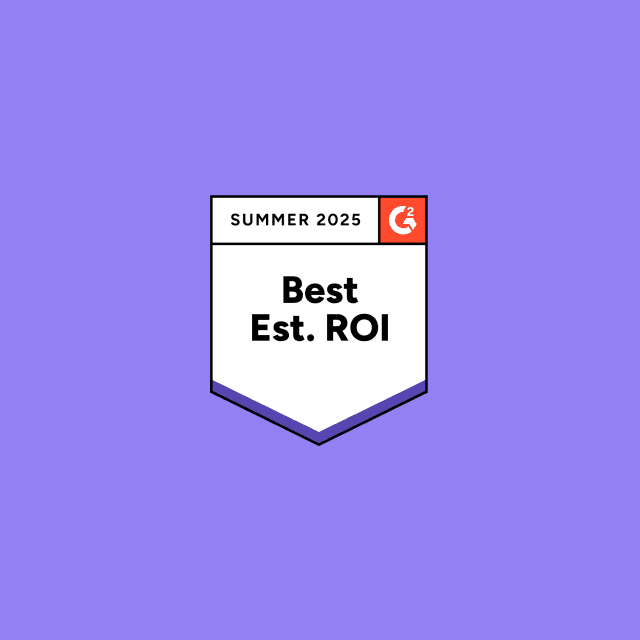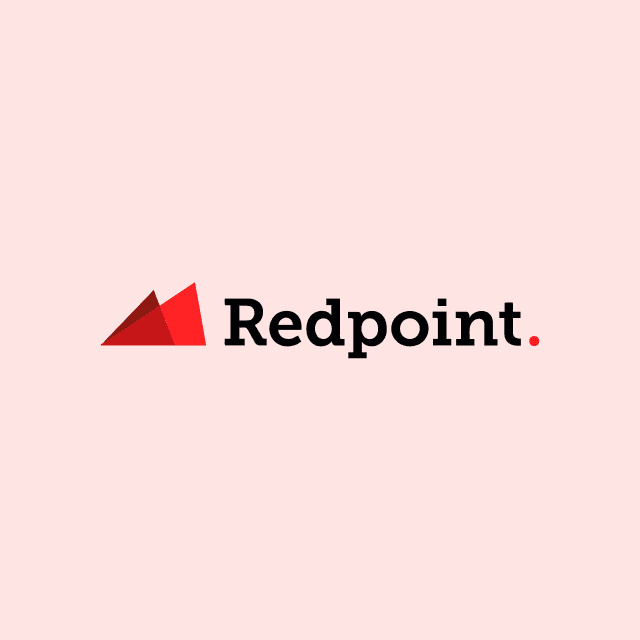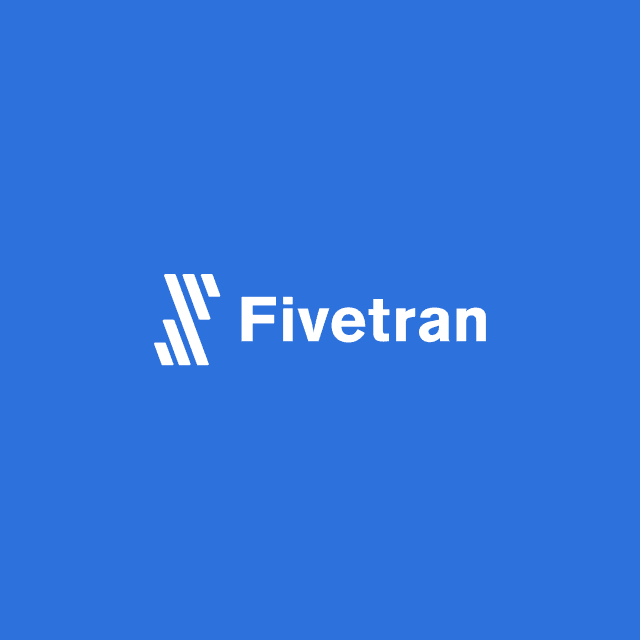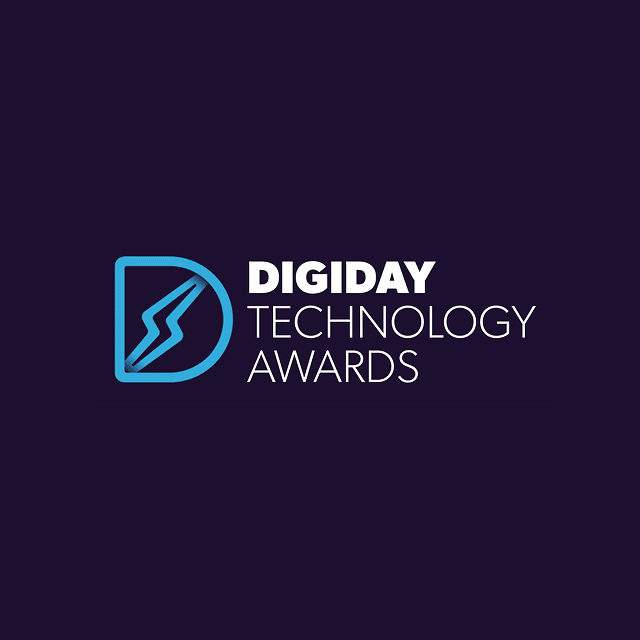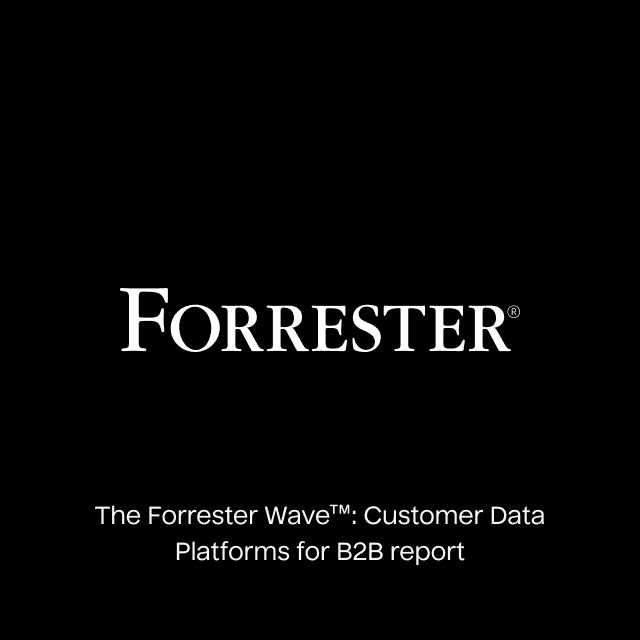If you’re looking for a customer data platform (CDP) or an identity resolution solution, you’ve likely encountered Amperity. But should you purchase Amperity, or are there better alternatives available?
This article will cover:
- What is Amperity?
- How does Amperity work?
- Pros and cons of Amperity
- What are the alternatives to Amperity?
What is Amperity?
Amperity is a traditional CDP focusing on unifying and deduplicating known and anonymous customer profiles using sophisticated identity resolution algorithms. The platform works much like other CDPs, offering many features for audience management and marketing activation to help you leverage customer data to power personalization. However, recently, the company rebranded as an AI-powered lakehouse CDP to provide greater flexibility and access to additional customer data.
How Does Amperity Work?
Amperity provides tools for data collection, identity resolution, audience management, and synchronizing customer data into downstream tools to power your marketing use cases.
- Data Collection: Amperity provides software development kits (SDKs) to assist in collecting behavioral data through a data feed that helps determine your data schema structure.
- Identity Resolution: Amperity's strongest offering is identity resolution, based on AmpID, a patented machine-learning algorithm. Amperity offers probabilistic and deterministic matching to resolve profiles using 45 patented algorithms.
- Audience Management: AmpIQ is Amperity's solution for audience management. This feature allows you to build cohorts based on user traits or user-completed events that you define using a no-code audience manager.
- Marketing Activation: Event Routing routes your behavioral events directly to downstream tools. Streaming Ingest API uses a low-latency, high-throughput REST API, allowing you to stream data from your sources to Amperity. Profile API allows you to call the API to retrieve data points about users in your desired destinations.
- Real-time Capabilities: Amperity offers three solutions regarding real-time capabilities: Event Routing, Streaming Ingest API, and Profile API.
- Lakehouse Integration: Amperity, through a feature called Amperity Bridge, allows you to share data from one lakehouse to assist in building audiences.
Pros and Cons of Amperity
Here is a quick summary of Amperity's pros and cons to help you decide if it is right for you.
Pros
If you're facing pressing identity resolution issues, Amperity is an effective solution due to having probabilistic and deterministic matching and 45 identity resolution algorithms. If you need to ingest data from non-supported cloud sources, you can do so via Fivetran ETL pipelines. Because Amperity can have a long and complex implementation process, they provide support from solution architects to streamline your setup. Amperity Bridge allows you to integrate your data warehouse to access all of your customer data.
Cons
Many of Amperity's features require technical knowledge, which can isolate non-technical users from the platform. When considering costs, be aware that Amperity's pricing is based on Monthly Tracked Users (MTUs), which can lead to unpredictable expenses due to fluctuating user numbers. If data activation is a major use case, you must verify whether Amperity supports your desired destinations because the platform has a limited destination catalog. All of your data has to conform to Amperity’s schema definition, which can introduce challenges if you need to support custom business-specific objects that don’t conform to the platform. In many cases, the audience builder can be limiting, forcing your marketers to write ad-hoc SQL queries to access the data they need to support their campaigns.
What are the Alternatives to Amperity?
Hightouch
Hightouch is a Composable CDP that integrates with your existing data infrastructure, allowing you to perform identity resolution and build audiences directly off your data warehouse. This means avoiding long, complex implementations and immediately using your existing customer data to drive value.
Segment
Segment is a traditional CDP specializing in event collection and data activation, enabling data transfer to downstream tools. Designed for data teams and technical marketers, you can collect and unify customer data across websites, apps, servers, and cloud applications. Its user-friendly interface allows you to build and manage audience segments and sync them to downstream destinations.
mParticle
mParticle is a traditional CDP tailored for enterprise companies, particularly those needing advanced mobile event tracking solutions. It excels in managing complex data environments, offering robust tools for data collection, transformation, and integration. Recent acquisitions have enhanced the company’s analytics and AI capabilities, supporting a more composable approach to CDP solutions.
ActionIQ
ActionIQ is a hybrid CDP that helps you unify and manage your customer data so it can be activated across your various marketing channels. The platform is built for enterprise companies that focus on enhancing customer experience with advanced analytics and journey orchestration. ActionIQ offers machine learning and AI tools for automating segmentation, product recommendations, and churn prevention.
Closing Thoughts
Amperity has some sophisticated identity resolution solutions, but the platform lacks functionality for other marketing-related use cases, specifically around audience management and activation. The new lakehouse architecture is a good step in the right direction, but modern companies are increasingly looking for flexible solutions that will scale with complex customer data use cases.
With a Composable CDP like Hightouch, you can take advantage of all the existing customer data in your data warehouse instead of implementing another piece of shelf-ware. Ultimately, this means you have access to build unified profiles and richer audiences to unlock better targeting and more sophisticated marketing use cases. If you’re interested in learning more about book a demo with one of our solution engineers.





